Feature image courtesy: Shutterstock
India doesn’t just preserve its history; it hides it behind echoing walls, tucks it in shadowy tunnels, and folds it into mazes that could give Harry Potter’s Triwizard maze a run for its money. While tourists pose for selfies at the obvious spots, a deeper thrill awaits the curious.
From forts that whisper across courtyards to ancient caves with teakwood roofs still holding strong, these aren’t just monuments. They’re riddles in stone, and they’re open to the public.
You just need a good pair of shoes and a sense of adventure.
Let us take you through six such monuments in the country that hold quite interesting secrets.
1. Golconda Fort, Hyderabad
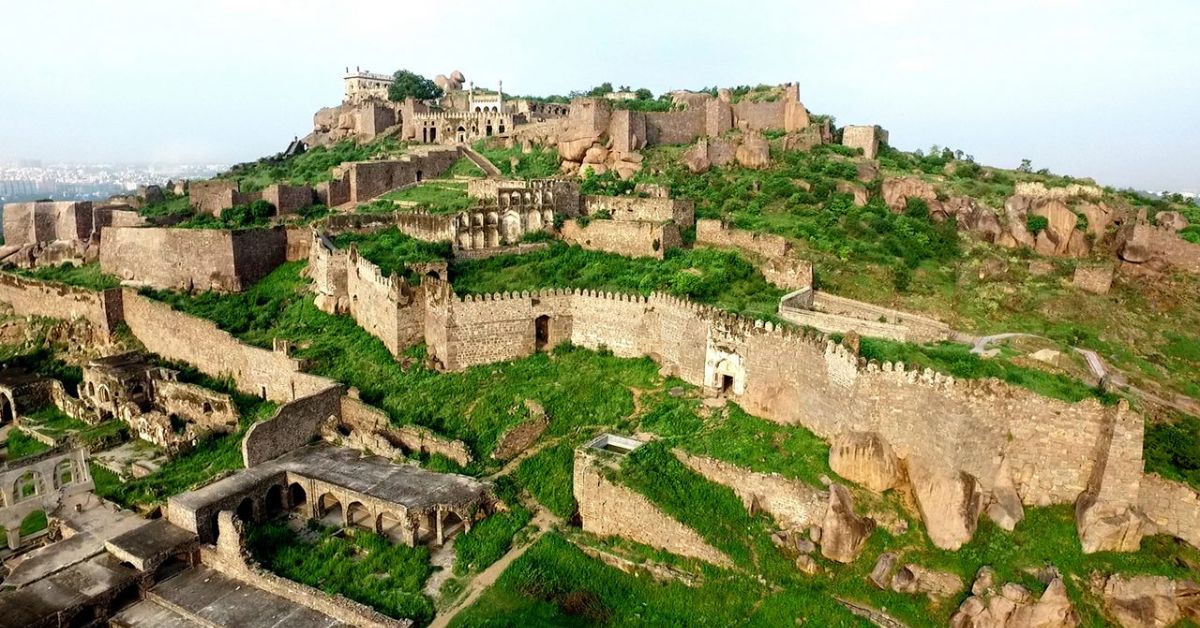
What’s so special?
Built during the Kakatiya dynasty and later fortified by the Qutb Shahi rulers, Golconda Fort features an acoustic marvel at its main entrance. A clap under the dome at the Fateh Darwaza can be heard nearly a kilometre away at the Bala Hissar pavilion atop the fort. It was once used to signal approaching visitors or warn of danger.
An interesting fact
Despite modern renovations, the acoustic effect still works. Historians believe this system may have helped thwart assassination attempts and improve communication across the fort’s many levels.
When can you visit?
Open daily from 9 AM to 5:30 PM. Visit early in the morning to avoid crowds and beat the heat.
2. Bara Imambara, Lucknow
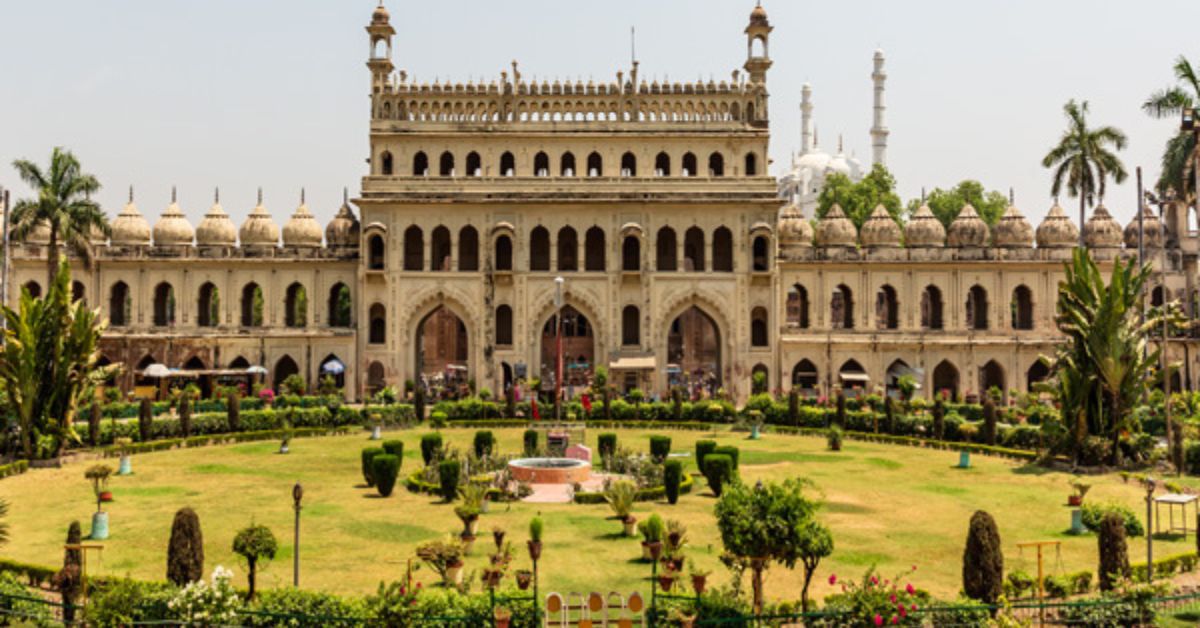
What’s so special?
While the main hall is an architectural marvel with no supporting beams, it’s the Bhool Bhulaiyaa (maze) above that truly mystifies visitors. This labyrinth of over a thousand narrow passageways was designed to confuse intruders and reduce the building’s weight.
An interesting fact
Many locals claim to have gotten lost without a guide. The thick walls also create a whispering gallery effect — carrying sound in unexpected ways.
When can you visit?
Open daily from 6 AM to 5 PM. Opt for a guided tour — getting lost here is easier than you’d think.
3. Tughlaqabad Fort, Delhi
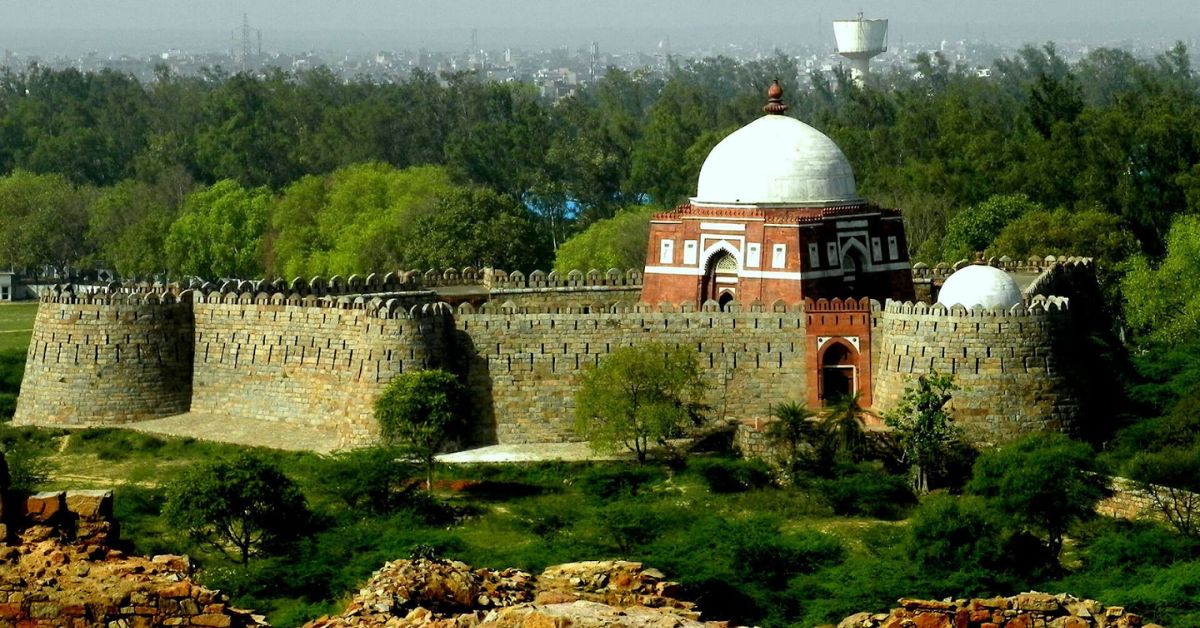
What’s so special?
This ruined fort may not attract as many visitors as the Red Fort or Humayun’s Tomb, but it’s shrouded in legend. It’s believed to contain a network of secret tunnels that once connected it to other parts of Delhi, including the nearby Adilabad Fort and even the Qutub Complex.
An interesting fact
While most tunnels are now sealed or inaccessible, urban explorers and historians continue to study the layout. Some parts of the fort are still thought to sit atop ancient hidden routes used in times of battle.
When can you visit?
Open daily from sunrise to sunset. The entry fee is minimal, and the site remains relatively less crowded, making it perfect for quiet exploration.
4. Karla Caves, Maharashtra
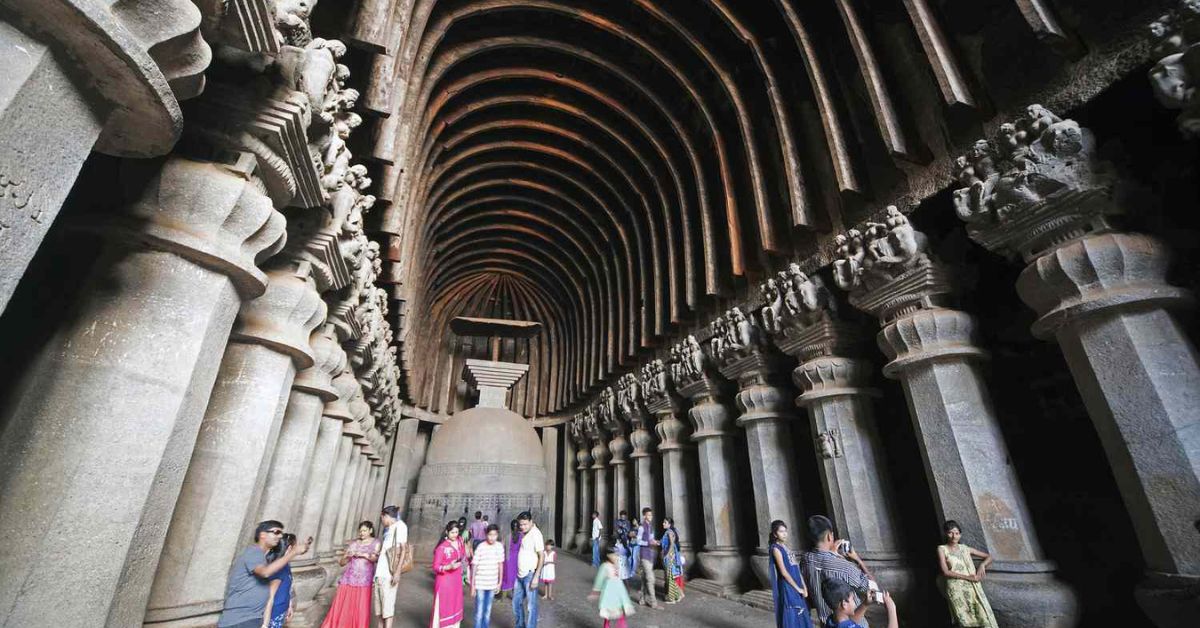
What’s so special?
Carved into a hillside in Lonavala, the Karla Caves date back to the second century BCE. The main cave holds one of India’s largest and oldest chaityagrihas (Buddhist prayer halls), complete with wooden beams that have survived over 2,000 years.
An interesting fact
The roof inside is made of teak and remains intact. Historians believe the cave’s unique moisture-resistant environment has preserved it.
When can you visit?
Open daily from 9 AM to 6 PM. The caves are a short uphill walk — best visited between November and February.
5. Daulatabad Fort, Maharashtra
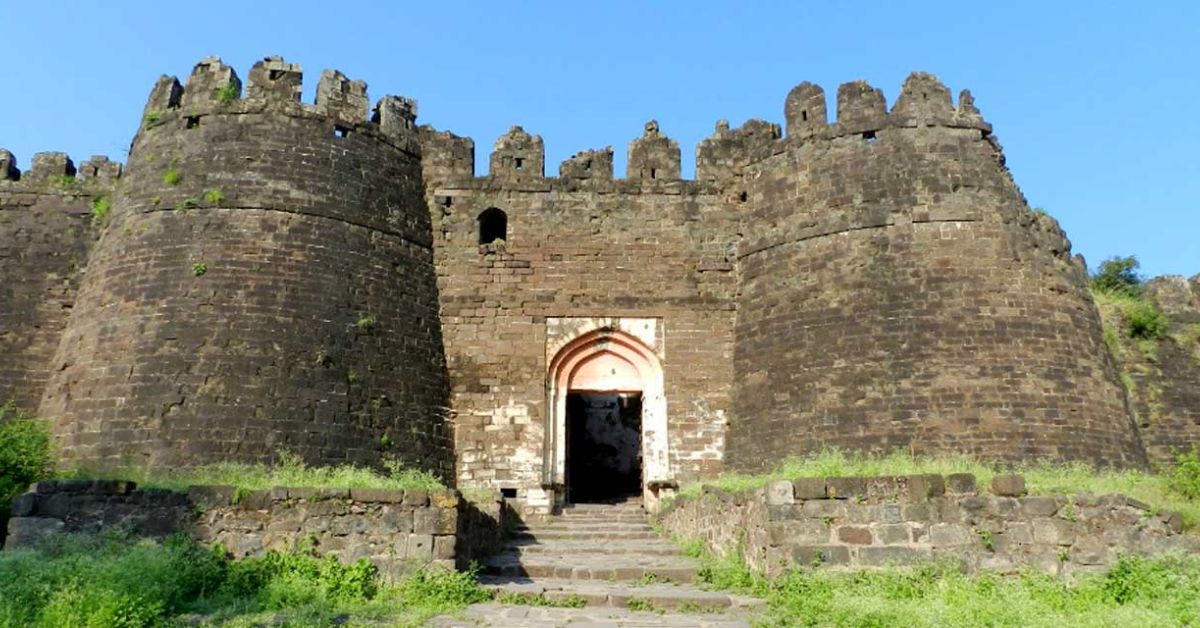
What’s so special?
Once known as Devagiri, this fort boasts a clever defence system. It includes a long, curved entry tunnel that leads invaders straight into a trap. The entry slope becomes narrower and darker, making it nearly impossible to escape once inside.
An interesting fact
Boiling oil and water were once poured through hidden holes in the tunnel ceiling to stop advancing armies. The layout is considered one of the smartest defence systems of its time.
When can you visit?
Open daily from 9 AM to 6 PM. Wear comfortable shoes as there’s plenty of climbing involved.
6. Nahargarh Fort, Jaipur
What’s so special?
Nestled in the Aravallis, this fort had one of the most sophisticated water harvesting systems in 18th-century India. The catchment channels are still intact and functional.
An interesting fact
Some of these channels run directly beneath rooms and courtyards, hidden from plain view. They are still functional and provide a glimpse into traditional sustainability practices.
When can you visit?
Open daily from 10 AM to 5:30 PM. Sunset views from the fort are spectacular — well worth the drive uphill.
No comments:
Post a Comment